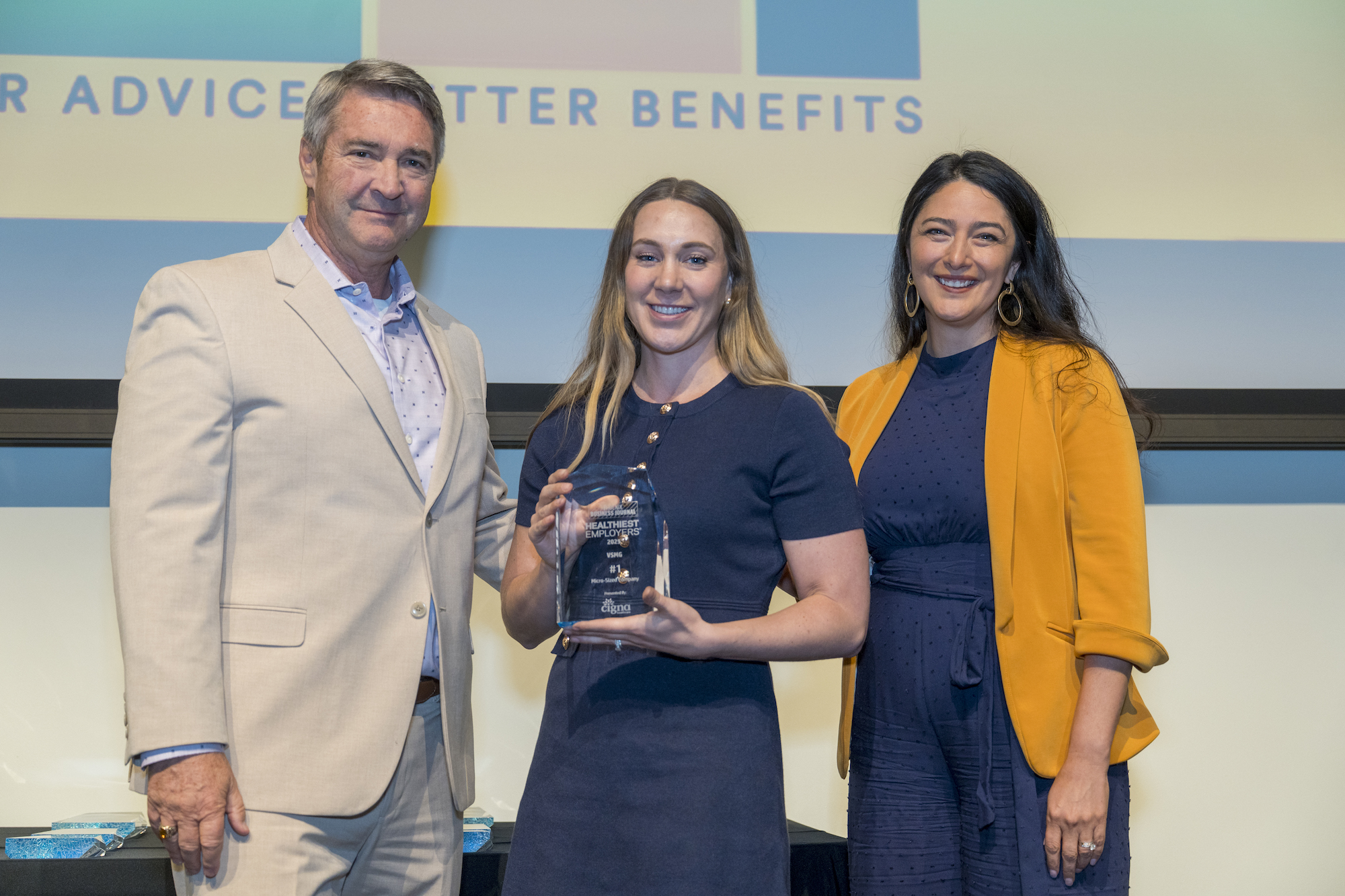
Balancing Act: Strategies for Achieving Work-Life Balance in Education and Public Service
In the realms of education and public service, the dedication to making a positive impact on society is unparalleled. However, this commitment often comes at a cost—finding the right balance between professional responsibilities and personal well-being.
In this blog, we’ll explore the unique challenges faced by educators and municipal workers and look at practical strategies to achieve a harmonious work-life balance.
Drawing from previous discussions on time management, fostering connections, and implementing stress reduction techniques, we’ll also introduce new strategies such as setting boundaries to empower those in these vital sectors to lead fulfilling lives.
Understanding the Unique Challenges
Educators and municipal workers play pivotal roles in shaping the future of communities. From lesson planning and grading papers to managing public projects and addressing citizen concerns, the demands on their time and energy can be overwhelming.
The nature of these professions often blurs the lines between work and personal life, making it challenging to disconnect and recharge. Below are four tried-and-true strategies that carve out the space each of us needs to be our best selves at work and at home.
Strategies for Work-Life Balance
- Effective Time Management: Implementing efficient time management techniques is crucial for maintaining a healthy work-life balance. Prioritize tasks, set realistic deadlines, and break down larger projects into smaller, manageable steps. Embrace technology tools that streamline administrative tasks, allowing more time for meaningful engagement with students or effective municipal planning. For example, ChatGPT, a free online tool, can assist educators in generating ideas for lesson plans, creating engaging activities, or even drafting outlines for class lectures. By leveraging the model’s capabilities, educators can save time on content creation and focus more on refining and delivering impactful lessons.
- Building and Nurturing Connections: Establishing a strong support system both at work and in your personal life is essential. Educators can benefit from collaboration with colleagues, sharing lesson plans, and seeking advice. Municipal workers can foster connections with their team, creating a supportive work environment. Outside of work, maintaining connections with friends and family provides a valuable emotional anchor that can help us get through busy work seasons and other life challenges.
- Stress Reduction Techniques: The high-pressure nature of education and public service can lead to burnout if stress is not managed effectively. Incorporate stress reduction techniques into daily routines, such as mindfulness exercises, deep breathing, or regular physical activity. These practices can help alleviate stress and enhance overall well-being.
- Setting Boundaries: One of the most challenging aspects of achieving work-life balance is learning to set boundaries. Establish clear distinctions between work hours and personal time. If possible, avoid the temptation to bring work home or respond to emails during designated personal time. By setting boundaries, educators and municipal workers can protect their personal space and prevent burnout.
Striking a balance between the demands of a career in education or public service and personal well-being is an ongoing process. By incorporating effective time management, building strong connections, practicing stress reduction techniques, setting boundaries, and embracing flexibility, educators and municipal workers can navigate the challenges they face more successfully.
Ultimately, achieving a harmonious work-life balance not only enhances individual well-being but also contributes to a more vibrant and sustainable community.



